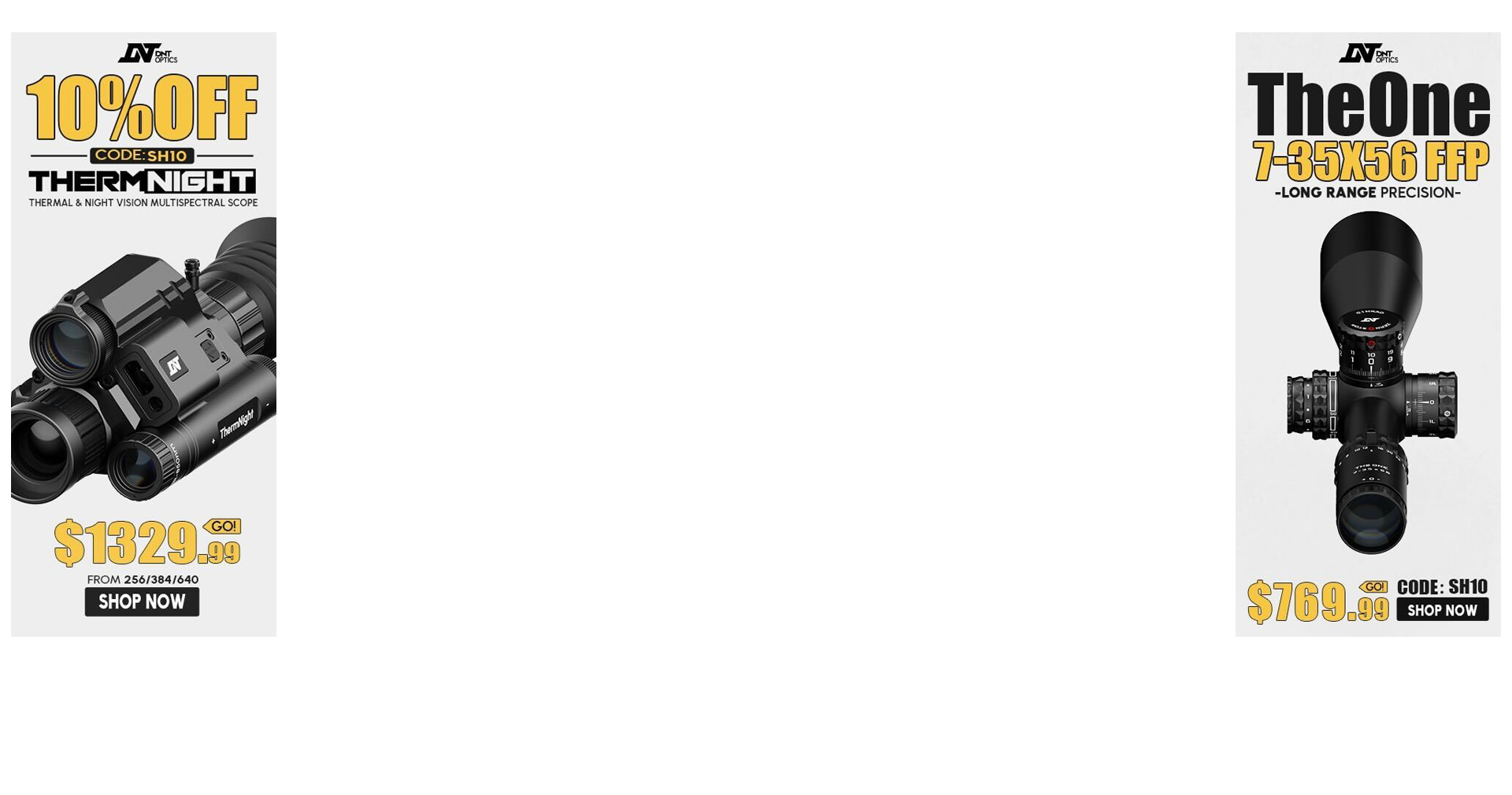I do not see a forum for stupid NV questions, so I will post this one here.
If you have a Vectronix Terrapin (assuming you have some contraption to keep them in alignment) could you use it with a clip-on at night?
On the Vectronix Terrapin (PLRF-05) and the Vectronix PLRF-10/15/25 series, the objective lens that the user views through is the same lens from which the laser pulse is emitted. Anything placed in front of that lens will block the emission of the laser pulse. Thus, you cannot use a clip-on night vision or thermal imaging scope in front of that lens. The second lens to the side is for receiving or sensing the return on the laser pulse that reflects from the target; if the primary lens from which the laser pulse is emitted is blocked, the secondary lens with the laser sensor behind it will have nothing to function with.
However, you can use a night vision monocular, such as a PVS-14, with the Vectronix laser range finder scopes, by placing its objective lens BEHIND the ocular lens of the Terrapin or PLRF-10/15/25. Ashbury Precision sells a mount for affixing a PVS-14 monocular behind the PLRF-10/15. For a motivated individual, it would not be difficult to fabricate something similar for the Terrapin, using the threaded tripod mounting hole as part of the mount.
You do need to know, however, that unlike the PLRF-10/15/25, the Terrapin does not shield the ocular from the IR laser pulse, and a large amount of the IR laser pulse is emitted through the ocular lens. When viewed with a night vision scope attached to the Terrapin's ocular, a bright flash will bloom out the night vision scope's entire field of view. In my opinion, this is not good practice for a NV intensifier to be repeatedly exposed to these intense inputs of IR radiation; and even though the IR laser emission is Class 1, I consider repeated exposure of the user's eye (in daylight use,for example) to such close proximity to and full intensity of the IR laser source to be a long-term, eye-safety hazard. The PLRF-10/15/25 does not have these problems.
IR-V

